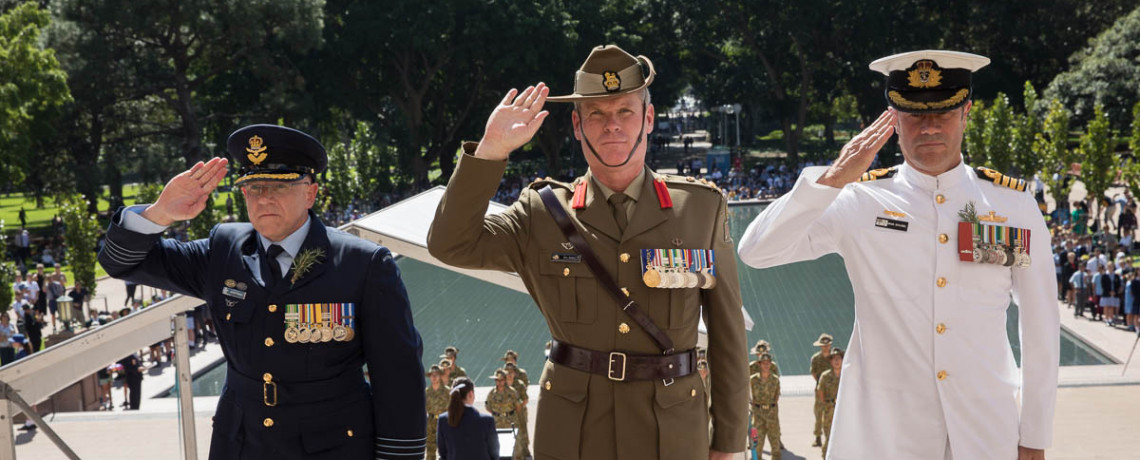Protocols

Protocol is about following correct procedures. It is the art of ensuring that occasions and events are planned and conducted in accordance with a set of rules that are formally, socially and culturally accepted and expected.
Protocols for the use and the flying of the Australian national flag
As the nation’s foremost symbol, the Australian National Flag should be used with respect and dignity.
Flying the flag
- The Australian national flag should be displayed only in a manner befitting the national emblem.
- The flag should not be subjected to indignity or displayed in a position inferior to any other flag or ensign.
- The flag takes precedence over all other national flags when flown in Australia.
- The flag should always be flown aloft and free, and should not be allowed to fall or lie upon the ground.
- When the Australian flag is raised or lowered, or when it is carried past in a parade or review, all present should face the flag.
- The flag should be displayed flat against a surface whether horizontally or vertically.
- The top left quartet of the flag should be placed upper most on the observer’s left, as viewed from the front.
Further information on the protocols for displaying and folding the flag can be found in the Emblem Book of the state of New South Wales available for download from the NSW Government website.
Flag order
The Australian National Flag takes precedence over all national flags when it is flown in Australia or Australian territory.
After the Australian National Flag, the order of precedence of flags is: national flag of other nations, state and territory flags, other Australian flags prescribed by the Flags Act 1953, ensigns and pennants.
The Australian National Flag should not normally be flown in a position inferior to any other flag or ensign and should not be smaller than any other flag or ensign.
Flying flags at half-mast
Flags are flown at half-mast as a sign of mourning and respect. During commemorative ceremonies all flags are lowered to half-mast during the sounding of the “Last Post” and are not returned to the peak (masthead) until the sounding of “Reveille” or “Rouse”.
The half-mast position will depend on the size of the flag and the length of the flagpole. The flag must be lowered to a position recognisably half-mast to avoid the appearance of a flag which has accidentally fallen away from the top of the flagpole. An acceptable position would be when the top of the flag is a third of the distance down from the top of the flagpole.
When lowering the flag from a half-mast position it should be briefly raised to the peak and then lowered ceremoniously.
The flag should never be flown at half-mast at night even if it is illuminated.
When flying the Australian National Flag with other flags, all flags in the set should be flown at half-mast. The Australian National Flag should be raised first and lowered last.
If further information is required NSW Protocol can be contacted. Protocol can provide advice on protocol-related matters such as acknowledging Country, forms of address, tables of precedence and flag procedures.